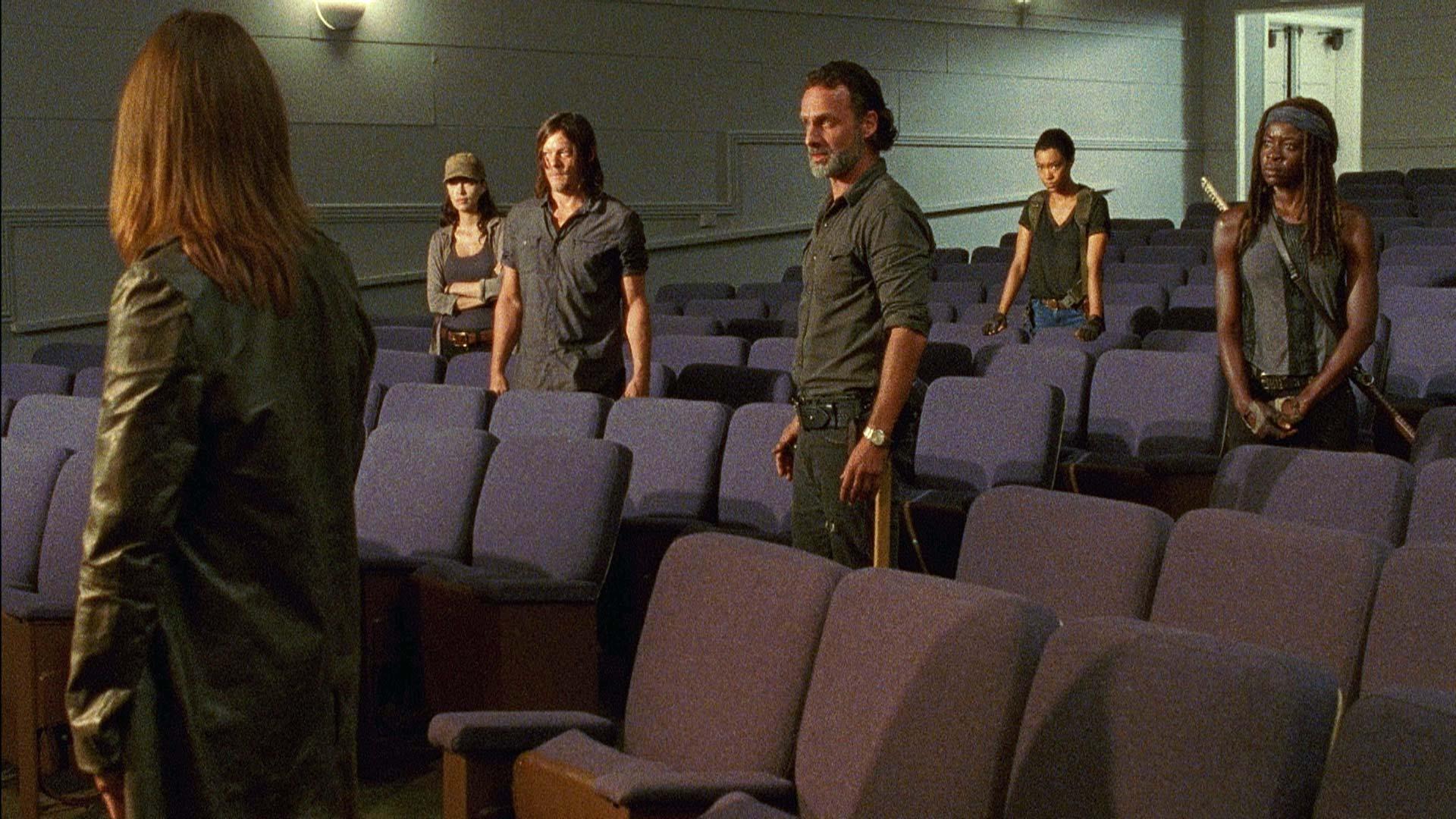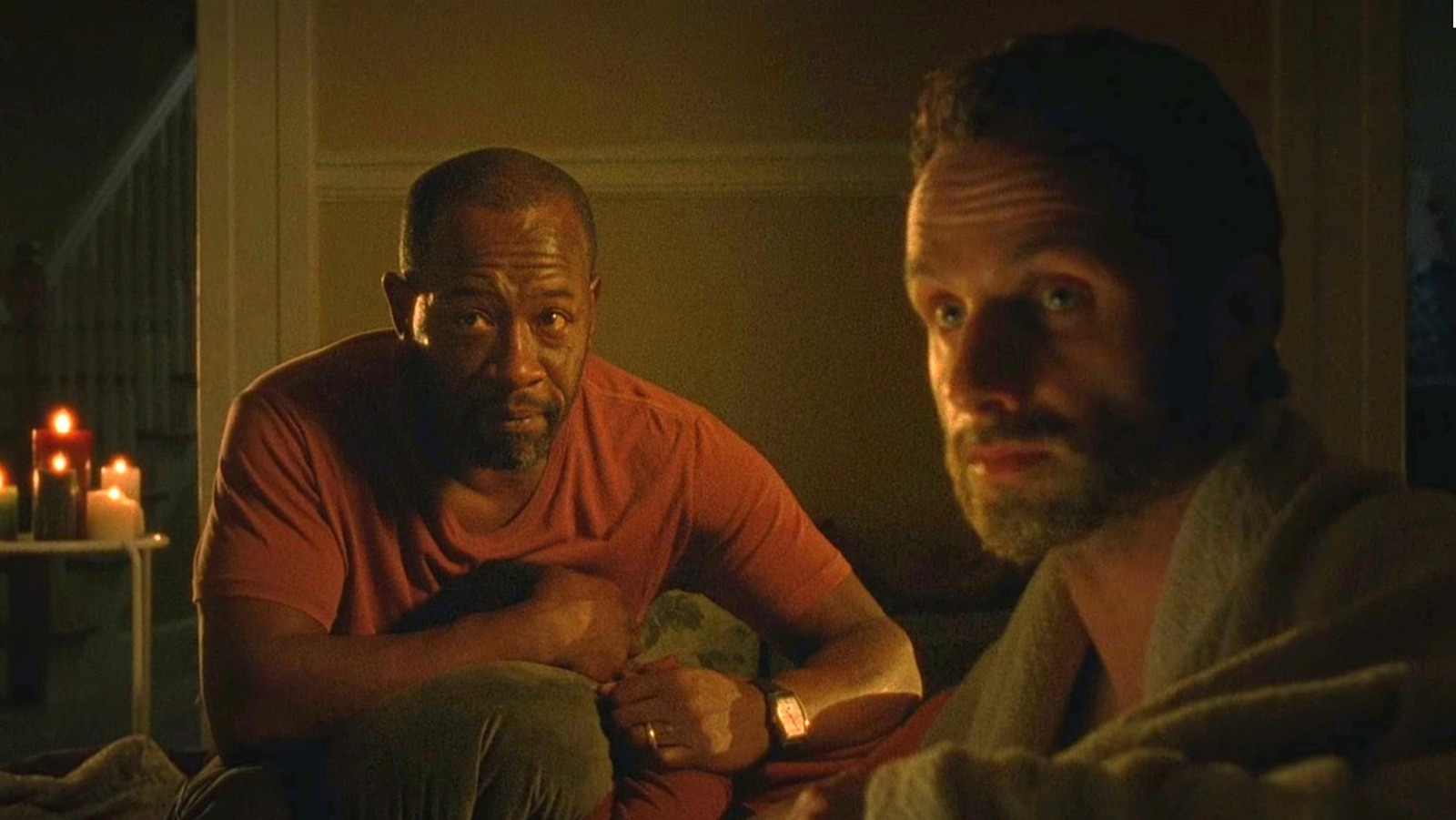Sometimes, the names we recall most are those directly tied to the creation of a powerful story, like a television program. We often think about the people who bring these tales to life, the ones whose efforts, whether seen or unseen, help shape the narratives that capture our imaginations. It is, perhaps, a way we connect with the artistry behind what we enjoy, giving thought to the various folks who contribute to a grand, unfolding saga.
When we talk about how stories are built, we might think about the nuts and bolts of writing, or the discussions that happen among fans and creators alike. It is, for example, like when people gather in online spaces to chat about the subtle differences between types of scary stories, or how authors pick out just the right name for a character. There are so many moving parts that make a big show or a book come together, with different people adding their own bit to the whole thing, you know?
This brings us to a name that often pops up in conversations about a popular zombie show: "james heltibridle twd". It is a name that tends to make us pause and consider the broader creative efforts that go into making something truly memorable. We can think about how every person involved, from the writers to the folks behind the scenes, plays a part in crafting a world that feels real, even if it is a bit unsettling.
- Chatgpt Plus Iran Payment Method
- Pathivara Temples Significance
- Gloria Torres Leak
- Openai Chatgpt Plus Iran Payment Method
- Damaris Phillips Net Worth
Table of Contents
- What Makes a Story Stay with People?
- How Do Folks Talk About Creative Work?
- The Art of Making Imagined Worlds Real
- Considering Characters and Narratives in "james heltibridle twd"
- When Story Ideas Get Stuck – Learning from the Process
- What Can We Learn from the "James" Names in Our Discussions?
- Building a Community Around Shared Interests
- Why Do Names Like "james heltibridle twd" Spark Conversation?
What Makes a Story Stay with People?
Thinking about what makes a story stick with us, it is almost like considering the different flavors in a well-made dish. Some tales, especially those that aim to give us a good scare, often play with ideas of the unknown or things that just feel a bit off. There is a lot of talk, you know, about what separates one kind of scary story from another, like the difference between a ghost story and something that just feels deeply unsettling without a clear explanation. People often ponder how these tales get under our skin, and what elements writers use to make us feel a certain way. Is it the way a character acts, or the sudden turns a story takes? It is often a mix of many things, really, that helps a story find a home in our thoughts for a long while.
When we look at a long-running show, for example, the writers often have to keep the audience guessing, giving them new twists and turns. This might involve crafting new individuals for the story, or putting existing ones in truly tough spots. The way a character is put together, or the situations they find themselves in, can make all the difference in whether we care about what happens next. It is, in some respects, a very delicate balancing act, making sure the story feels fresh while also keeping true to what people liked about it from the start. So, the impact of a story really comes down to how well all these pieces fit together, making us feel something strong and lasting.
How Do Folks Talk About Creative Work?
It is interesting to think about how people chat about creative work, especially when it comes to the inner workings of a story. Sometimes, folks gather in online spaces, like forums, to talk about the smaller parts of writing, or what some might call "word mechanics." You might see someone, perhaps a "James E," starting a conversation about how to put words together in just the right way, or how to handle things like how a name shows who it belongs to. These discussions are pretty common, actually, because writing, whether for a book or a show, has its own set of rules and ways of doing things. People often want to get it right, or at least understand the different ways things can be done.
- Real Carly Jane Age
- Tv Shows With Renée Estevez
- Vanna Einerson Fapello
- Grace Sward Xxx
- Dylan Dreyers Family News
There are always new people joining these conversations, and they often find their way to places where people play word games or just hang out and chat. It is a good way to get a feel for how others approach their writing, or how they solve problems that come up when they are trying to tell a story. For instance, if someone is trying to write an introduction that feels personal, but also needs to fit a certain style, they might ask for advice. It is all about sharing ideas and helping each other out, which is a big part of how creative communities grow. So, these talks really help shape how we think about the craft itself, you know, making it a shared effort.
The Art of Making Imagined Worlds Real
The art of making imagined worlds feel real is a pretty big deal, and it involves a lot of different approaches. We see, for instance, how some authors choose to write under different names, almost like putting on a different hat for different kinds of stories. Someone like J.K. Rowling, who writes stories for young people, also uses a different name for grown-up thrillers. It is a way to separate their work, or to explore different kinds of tales without confusing their readers. Nora Roberts, for example, writes romance stories, but also uses another name for different kinds of books. This just goes to show that there are many paths to telling a story, and each one can be effective in its own way.
When we look at a large-scale production, like a television show, it is very much a team effort, with many hands contributing to the overall vision. It is not just one person writing everything; it is a group of creative individuals, much like a collection of authors working together. You have people like James Patterson, known for his many books, or others like Claire O'Dell, Edna O'Brien, and Harriet Beecher Stowe, all contributing their unique voices to the world of stories. In a show, you have writers, yes, but also many other folks who help bring those written words to life, making the sets, the costumes, and all the visual elements that make a world feel believable. It is a collective effort, really, to make something truly immersive for the audience.
Considering Characters and Narratives in "james heltibridle twd"
When we consider characters and narratives, especially in a story as sprawling as "james heltibridle twd" might suggest, we think about how each person in a tale adds something to the whole. There is a thought that writing a character, no matter their background, should not be approached in a fundamentally different way from writing any other character. The idea is to focus on what makes them a person, their feelings, their actions, their journey. So, whether a character is a hero, a survivor, or someone just trying to get by, the core of their portrayal often comes from understanding their inner workings, which is a bit of a universal truth in storytelling.
In a show that has many people, like a big group of survivors, each one contributes to the overall feeling of the story. The way they interact, their individual struggles, and how they change over time, all build up the narrative. It is like, if you think about a character named "James" in a story, perhaps he is looking at a city that was once his home, wondering if he will ever see it again. That simple moment can tell us a lot about his feelings, his past, and his hopes, or lack thereof. The rising sun, perhaps, gives a certain feeling to that scene. These small, human touches are what make characters, and by extension, the entire narrative, feel real and worth following. It is all about giving each person, real or imagined, their own space within the larger tale.
When Story Ideas Get Stuck – Learning from the Process
It is a common thing for anyone involved in telling a story, whether it is for a book or a big show, to hit a wall in their plotline. This happens quite often, actually. You might be working on a short story, for instance, and suddenly you just cannot figure out what should happen next. Perhaps the story is set a long time ago, like in the 19th century, and it involves something specific, such as a ship that is secretly carrying goods. Figuring out how to move the story forward from that point, or how to resolve a tricky situation, can be a real challenge. It is a part of the creative process that many people face, and it is pretty normal to feel stuck sometimes.
Learning from these moments when ideas get stuck is a big part of growing as a storyteller. Sometimes, you have to step back and look at the whole picture
- Asx1comx
- Gloria Torres Leak
- Danica Mckellar Children
- Carly Jane Bio
- Openai Chatgpt Subscription Iran Payment



